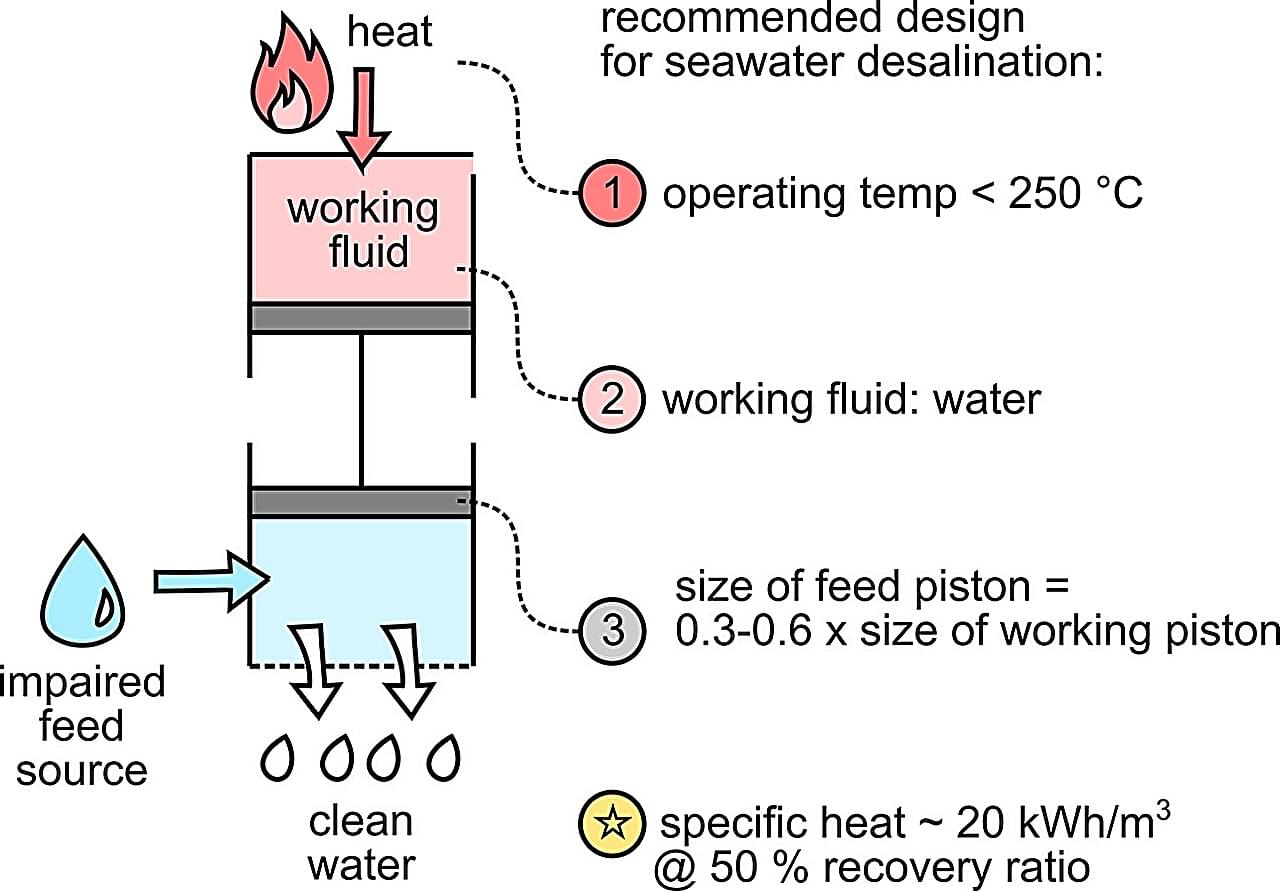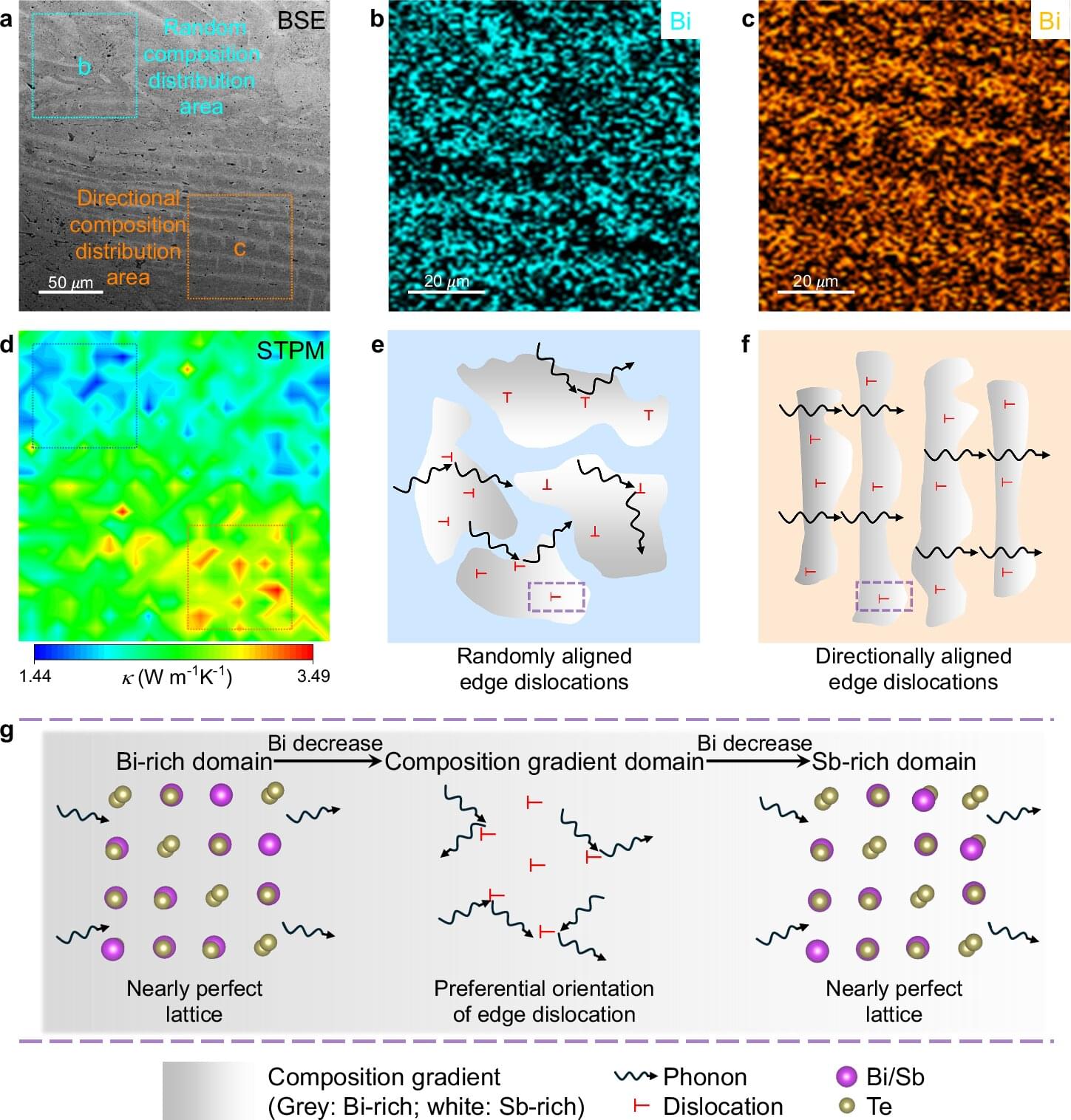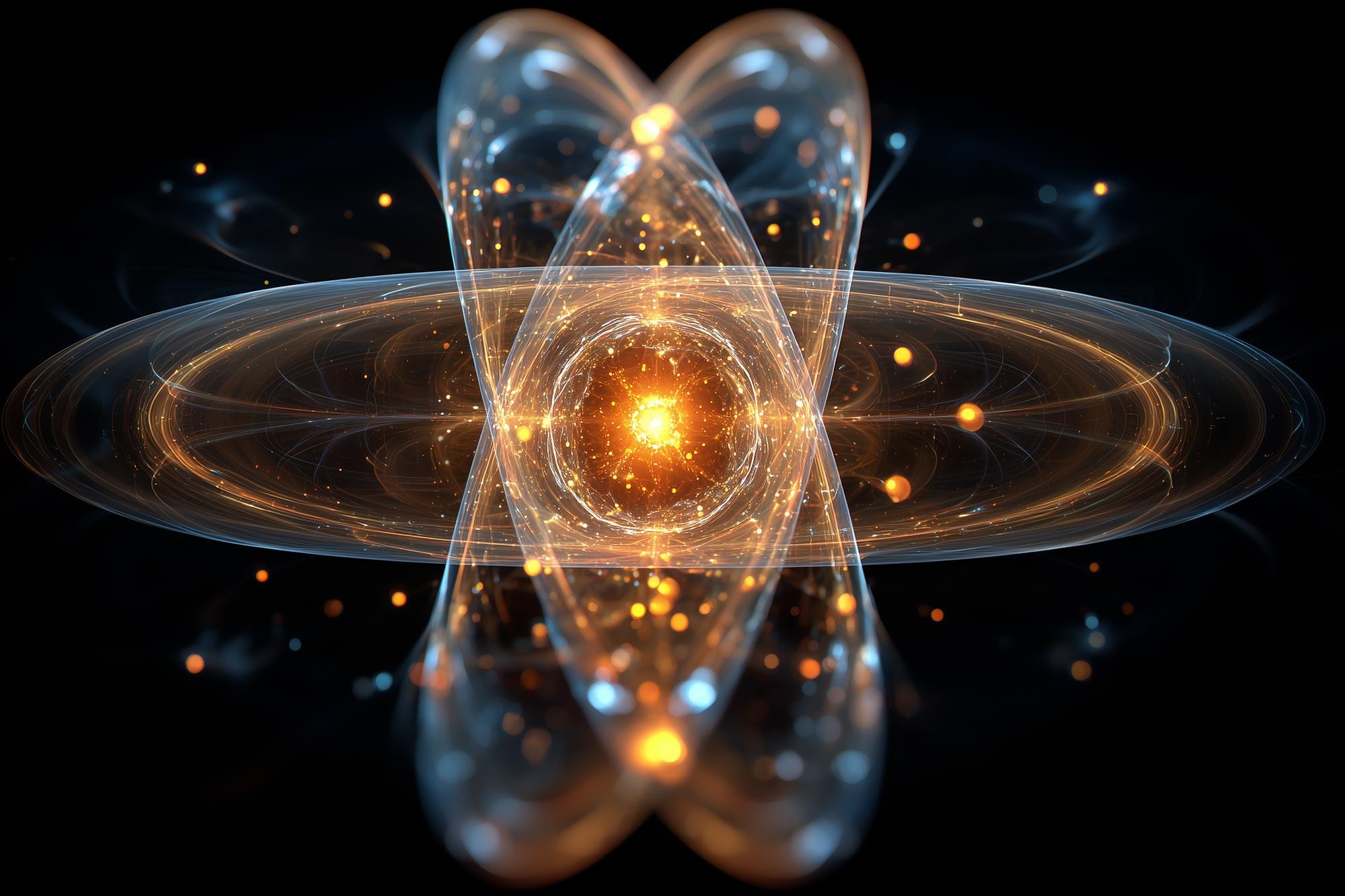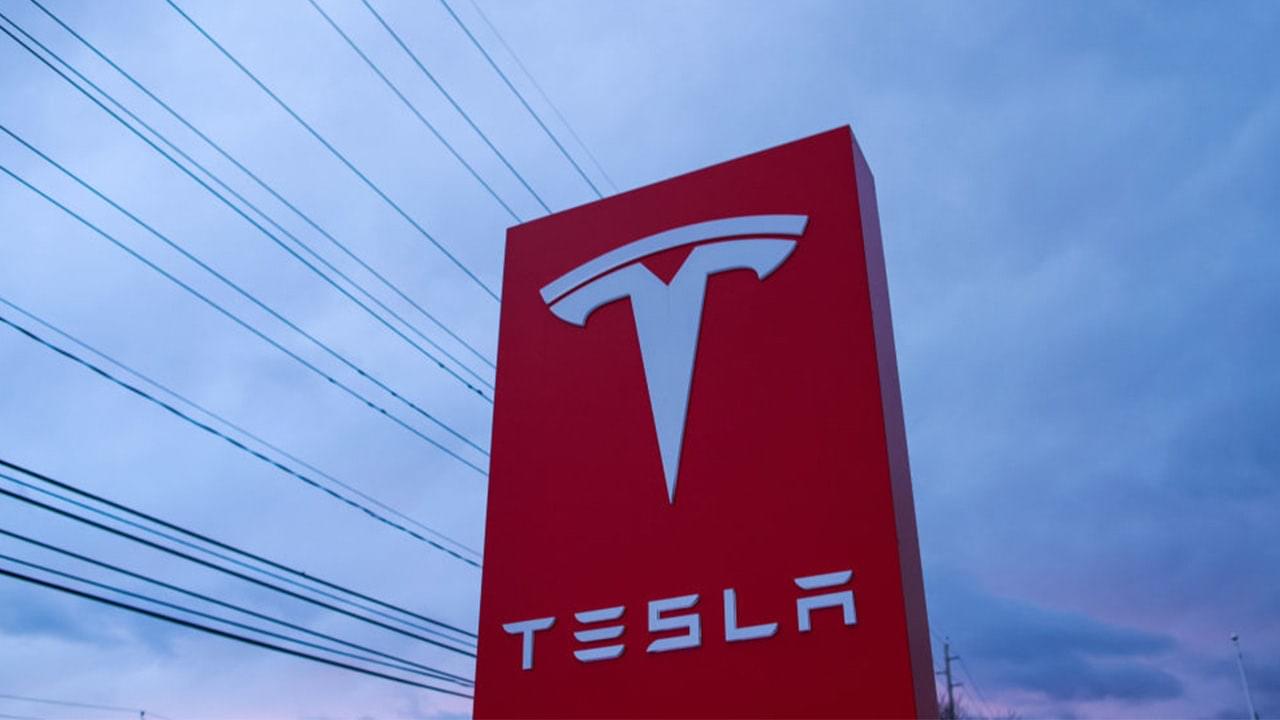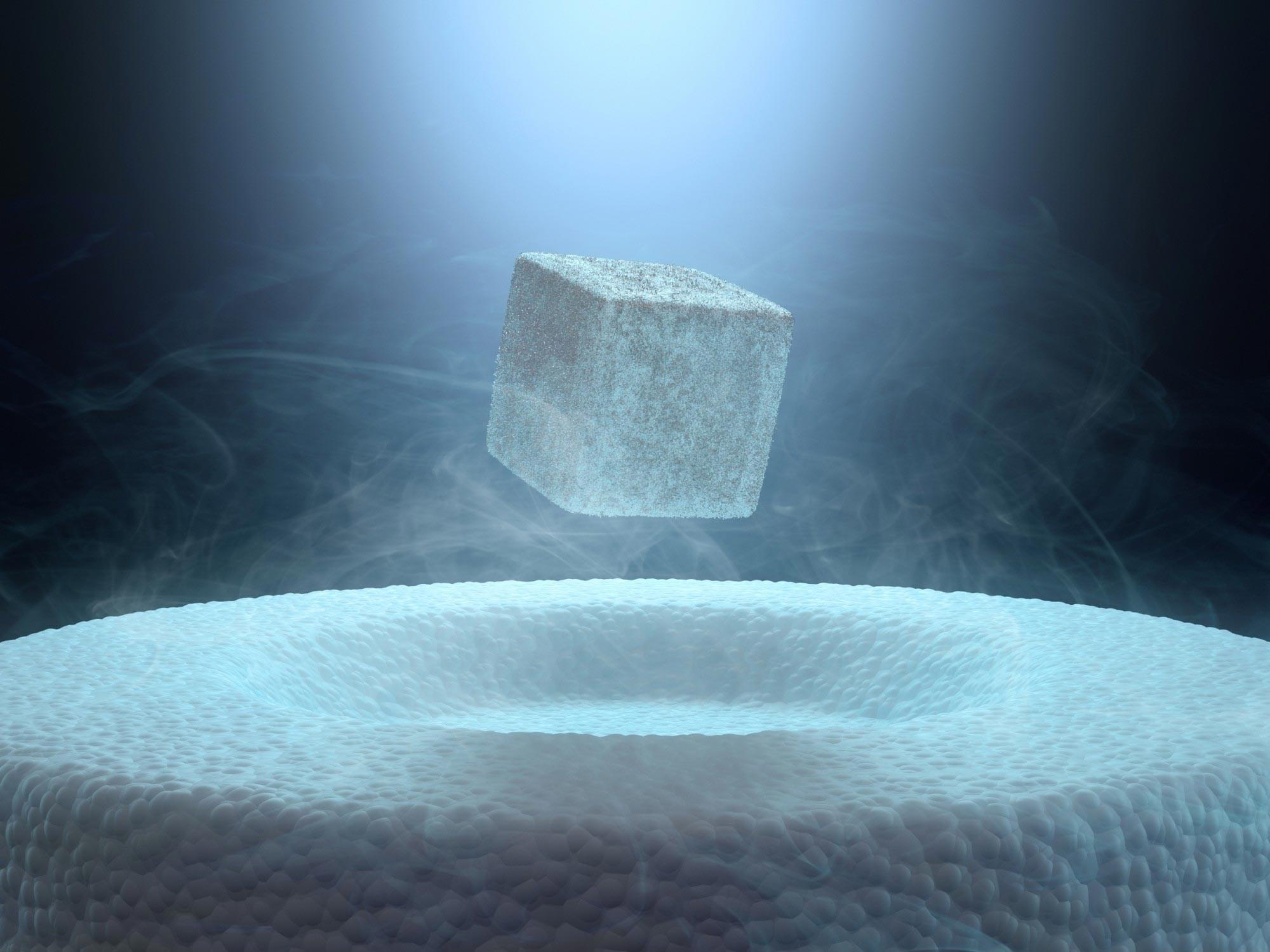A McGill University-led research team has demonstrated the feasibility of a sustainable and cost-effective way to desalinate seawater. The method—thermally driven reverse osmosis (TDRO)—uses a piston-based system powered by low-grade heat from solar thermal, geothermal heat and other sources of renewable energy to produce fresh water.
Though previous research showed promise, this study is the first to analyze TDRO’s thermodynamic limits. The results have brought researchers closer to realizing the technology which could improve access to water and increase the sustainability of infrastructure.
“Most desalination is done by reverse osmosis, which uses electricity to drive water through a membrane,” said Jonathan Maisonneuve, study co-author and Associate Professor of Bioresource Engineering.
